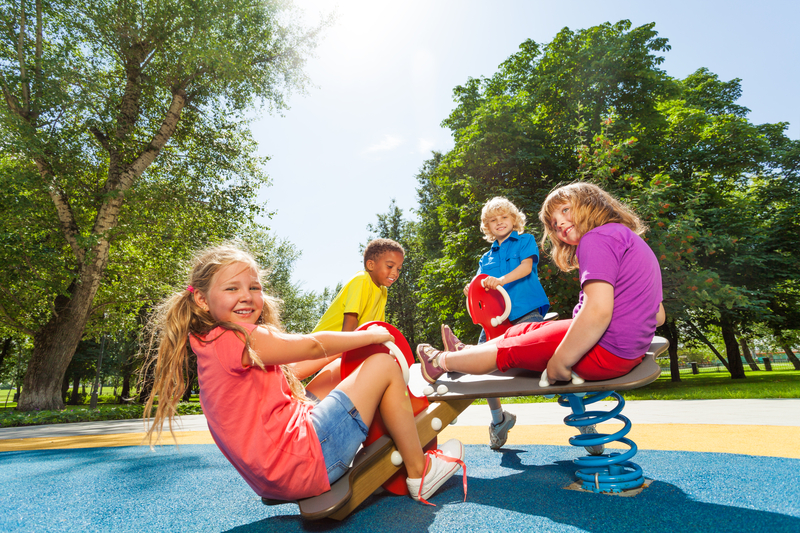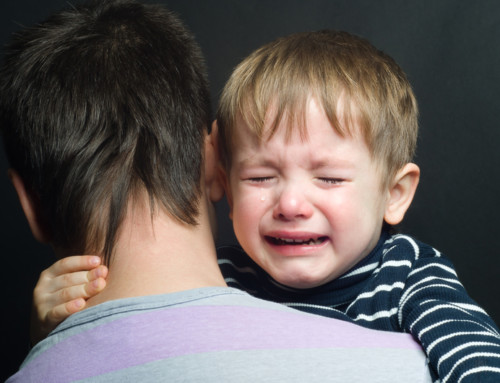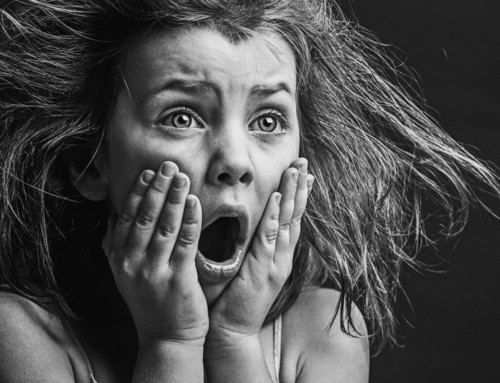I’m lost in class!” “I have no friends, no one likes me.” “I go to the playground, but I don’t know what I’m supposed to do out there.” Have you heard these cries before? A child may also come home from school worried about being lost in her schoolwork or feeling social pressures from peers. Fortunately, if your relationship with your child is sound, these red flags can be detected early enough to make adjustments. You are her safety net, and you have resources at your disposal to help.
How a Lack of Nature May Be Increasing Stress in Our Children
Richard Louv in Last Child in the Woods described a Chicago housing development where twice as many children played in areas that had trees and grass than in other barren and hard-surfaced spaces. He notes that “their play was more creative” (Louv, p. 177). Many of our urban neighborhoods and playgrounds, however, offer little natural area and lots of concrete. What state of mind does living in this kind of artificial environment foster in children? Similar to being physically lost, our brain recognizes when we are in unfamiliar or unnatural territory. Within our homes, we can find our way around in the dark because of an experiential mental map of where everything is. However, when we are in a new and unknown environment we have no mental map of our surroundings, which even causes some people to panic. Without a mental map, we try to create one where the sensory input in this new environment is different. Emotional states such as anxiety, frustration, and even fear of failure are activated. If these emotional states take control, our brains may not function correctly to guide us through this unfamiliar territory. We become lost in the wild of our concrete jungle.
How Children Experience Stress
Children are often placed in un-natural environments with numerous obligations and time limitations, leading to a state of stress. Frustration, aggravation, panic, anxiety, and fear of failure are but a few of the outcomes that may be expressed when an individual feels the stress of being lost. In a state of stress, the body releases biochemicals such as cortisol into the brain that invade and interfere with a rational state of mind. Cortisol is the “uh-oh!” biochemical, triggered by states of worry, confusion, risk of failure, unclear social status. Another biochemical, adrenalin, is the “yikes” chemical that floods the brain during strong time commitments, competition, severe risk of failure, surprise, shock, and disgust. In moderate amounts adrenalin can assist children with challenges, like relay races or competitive sports. In large doses, it can cause fear that blocks rational thought and allows emotions to take over. Fight or flight: most children know they are not allowed to do either, so they freeze.
Dopamine and Serotonin As Antidotes to Stress
The brain chemicals involved in positive and productive emotions include serotonin. Serotonin is the “ah, that’s nice” biochemical that lends to a sense of safety, health, and positive social status. Serotonin can be stimulated by:
- Hearing pleasant music
- Hearing sounds of nature
- Seeing something positive and familiar – such as pictures from a vacation
- Mini-celebrations like a quick “high five.”
Another brain chemical that can change states from negative to positive is dopamine. Dopamine is the “yippee!” chemical that increases as we:
- Enjoy success
- Predict good things to come
- Have pleasurable experiences
- Engage in repetitive activities
- Solve problems
- Bond with others
How Being Outside Can Help Your Child Cope With Stress
Many activities can stimulate serotonin and dopamine and change your son or daughter’s state of mind almost instantly. Children can get pleasure in nature by seeing animals at play, watching seeds grow into seedlings from day to day, observing changes like autumn colors, and splashing in a puddle. Even making silly faces can increase dopamine. Ritualistic activities like greeting the dog when you get home, responsibilities like helping set the table or raking leaves in the yard, and maintaining strong personal bonds with special people, pets, or even stuffed animals are all beneficial to a child’s mental health. If you want your young one to feel better, sometimes it’s as easy as a fun race around a tree.
(Originally posted by Jerry Clemens on education.com)
References
Gonzales, Lawrence. (2004) Deep Survival: Who Lives, Who Dies, and Why. W.W. Norton & Co. NY Jensen, Eric (2007) Enriching the Brain. ASCD Press. Levitin, David J. (2006) This is Your Brain on Music. Louv, Richard. (2006) Last Child In The Woods: Saving our Children from Nature-Deficit Disorder. Algonquin Books, N.C. Sousa, David A. 2006. How The BRAIN Learns. 3rd.Ed. Corwin Press; Thousand Oaks, CA. Jerry Clemens is a Middle School teacher at Lake Zurich Middle School North, in Hawthorn Woods, Illinois. He has taught 7th and 8th grade science for 15 years. He also teaches at National Louis University, and enjoys presenting workshops on brain-based teaching. You may contact him at Jerry.Cemens@LZ95.org.




Leave A Comment